How to reach here:
By Air: Bagdogra Airport that is situated outside the town of Bagdogra. The airport is located around 124 kilometers from the town of Pelling.
By Rail: The nearest railway station is situated in the town of Jalpaiguri.
Best time to visit: September to May.
Languages spoken: epali, Sikkimese, Bhutia, Lepcha, Hindi.
Must eat: Thukpa and Steaming momos.
Famous Restaurant: Melting Point.
Places you must visit:
Kaluk is prominently recognised for Bersay Rhadodendron Sanctuary. This area is also known for it’s infinite natural resources and is also considered as a haven for nature lovers. The district is surrounded by small villages consisting of the Lepcha tribes.

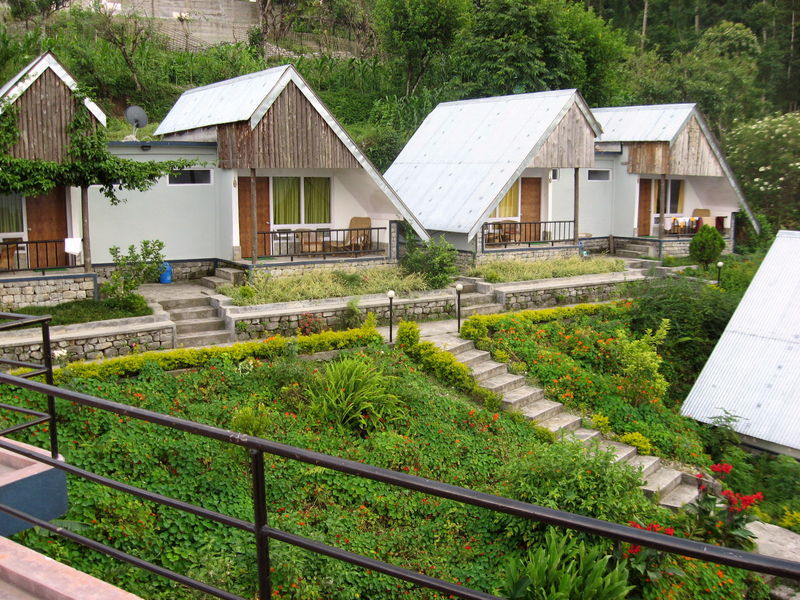

Khecheopalri Lake is a sacred lake, located in the north-west direction of Pelling town. This lake is known by many names like the Wishing Lake, Kha-Chot-Palri and Sho Dzo Sho, which means Oh Lady, Sit Here. Considered holy by Buddhists as well as Hindus, this lake is thronged by devotees from around the world. When seen from an elevated point, this lake looks like the foot mark of Lord Shiva. According to the legends, this lake is believed to be originated after the Nepali invasion in the medieval kingdom during the 17th century. The Nepali army destroyed the palace of Namgyals, which was situated near a lake at Rabdents.According to folklore, one day the deity Goddess Tara Jestum Dolma appeared in front of a monk and asked him to fill a vessel from the lake and assured to guide him. Submissively the monk did what he was told and the guidance brought him to the Khecheopalri Hill. There he was told to pray and pour the water from the vessel in the shallow lake after which, the lake magically filled and today is known as the Khecheopalri Lake.


Sangachoeling Monastery is considered as the second oldest monastery of Sikkim. Sangacholing, which means the land of scared spell is a monastery which was built in 1695 by Lhatsun Ankh Sigma. Over the years, due to excessive exposure to regular earthquakes, the sculptures of this monastery have crumbled. At present, this monastery is open to everyone from Bhutanese to Lepcha communities. This monastery provides a beautiful view of the great Himalayan range.The Sangacholing Monastery houses a sacred three hundred year old Buddhist crematorium, which has seen the cremation of Lhatsun Namkha Zigme, after he went in Parinirwana. After this, it has been named as Dhuthoe Silwar Tshar and has become a public Buddhist crematorium.Various accessories are p[reserved in this monastery. The monastery was recently remodelled after sustaining severe earthquakes, but still it has the aroma of serenity and holiness. Best time for visiting this monastery is early morning, during the sunrise.


Singshore Bridge, a 198 metre suspension bridge. It is also the highest bridge of Sikkim and second highest gorge bridge in Asia. The Singshore Bridge was built 16 years ago by connecting two hills. It is situated 25 km away from Pemayangtse Monastery. The government of Sikkim is likely to set Bungee jumping activities on the bridge, soon. Close to the bridge lies the Uttarey village, which falls near the Nepal boundary or commonly called as Chia Bhanjyang.



Dubdi Monastery also commonly called as the Yuksum Monastery is another Buddhist pilgrim centre located in the Tibetan Buddhism of the Nyingma Sect, close to Yuksum. This monastery was constructed in the year 1701 and is also named as Hermit's cell based on it’s founder Lhatsun Namkha Jigme.Dubdi Monastery is considered very pivotal to the history of Sikkim. Lhetsum Chenpo along with his two associate lamas is said to be the founder of the Sikkim state at Yuksum during the 17th century. Till today, Lhetsum Chenpo green statue is placed in this monastery.The word Dubdi means the retreat; and at present this monastery is home to many elaborate paintings of famous saints. The painted area also depicts various sacred symbols and a collection of ancient manuscripts.



.jpg)
Sewaro Rock Garden is constructed and maintained by Sikkim's tourism department. Mainly constituting rocks, gardens, pools, zig zag foot paths and various recreational amenities like swimming pools, viewpoints and cafeterias.


Rimbi Waterfalls are situated along the banks of Rimbi River. These waterfalls lead into the Rimbi River, famous for activities like fishing.
Khangchendzonga National Park is one of the highest national parks of the country. Khangchendzonga, which is among the highest peaks of the planet, lies on the western boundaries of this park.Wild animals such as snow leopards, Himalayan black bears, Tibetan antelopes, wild asses, barking deer, musk deer, flying squirrels and red pandas are among a few that can be found in the forest. There is a variety of flora that can also be seen in this park, including oaks, fir, birch, maple and willow.
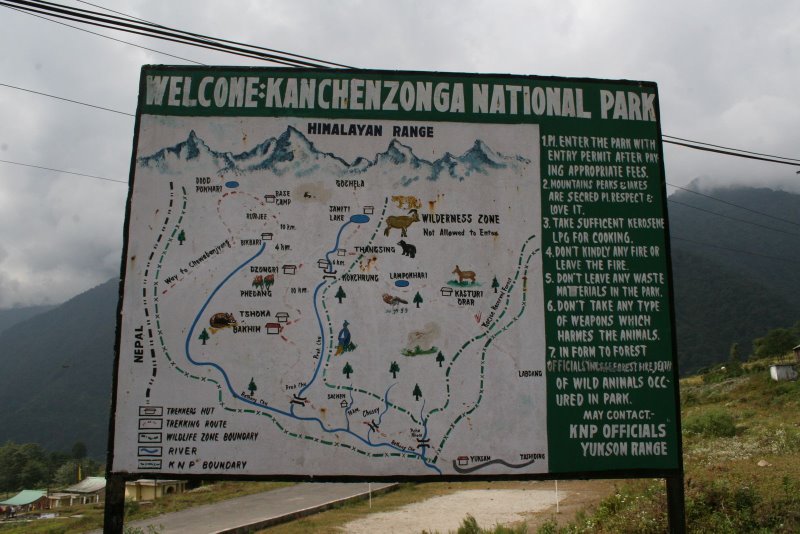
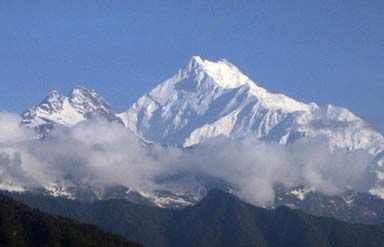
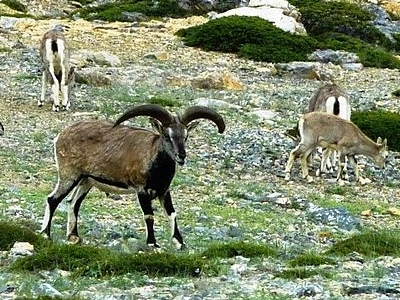

Darap Subba Village is inhabited mainly by people from Limboo Community and a small number of families from mixed communities like Bhutias, Chettris, Tamangs, Rais, Gurungs and Lepchas.

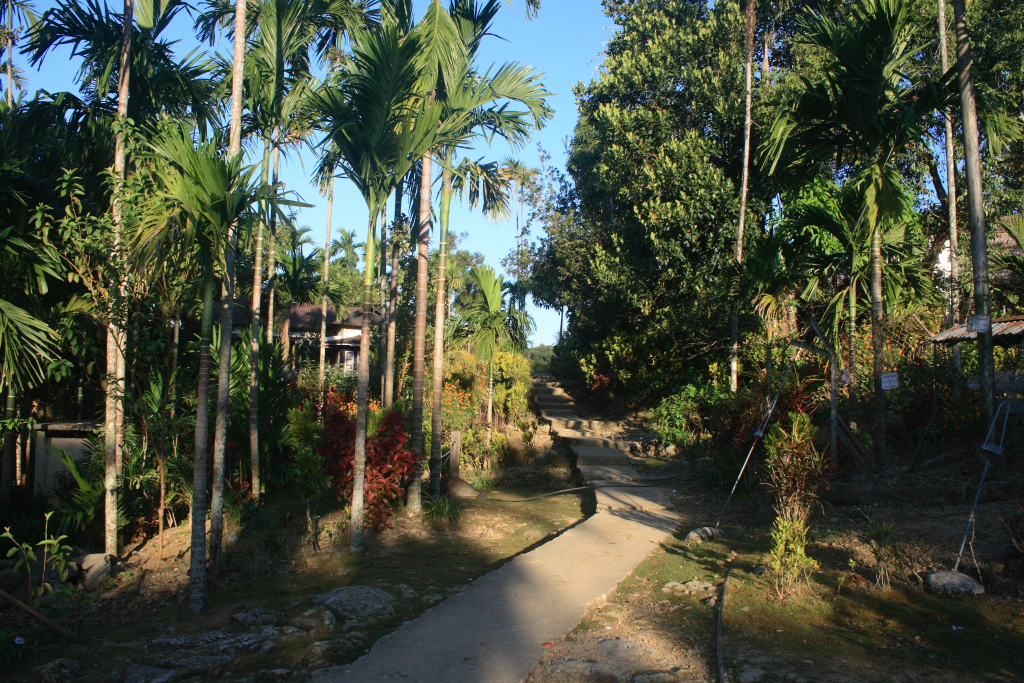
Changey Waterfall is situated at a height of about 300 metres, these falls are on the way to Dentam Valley. While descending, these falls disappear into the extensive greenery around the waterfall and because of the whiteness of the waterfall it appears like a great white line, with the backdrop of dense green vegetation.

The trek to Dzongri is amongst the famous Himalayan treks in Sikkim. It is the meeting point of several trails. However, the most prominent route is the one that leads to Goecha La via Zemanthang and Samiti Lake. The trail is at its best in May when rhododendrons are in full bloom. The trek distance from Yuksam is approximately 26 km, which takes about 2 days to reach, depending upon the physical fitness level. Dzongri is at a height of 4500 m above sea level and presents close-up panoramic views of Mt. Kanchenjunga.

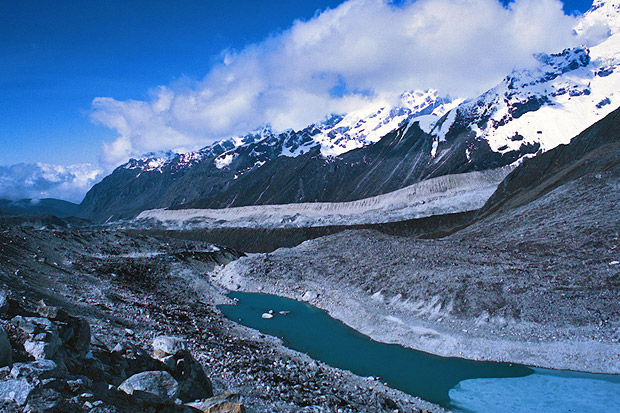



The town of Hee Burmiok is a nature lover’s paradise and is known for its nature trails and mountain biking routes. The village is bounded by Kalez Khola in the north, Samdong Reserve Forest in the south, and Rangit Khola and Hee Khola in the east and west respectively. Some of the attractions of this town are Srijanga Caves, Wadhan Falls, Limboo temple, Pheng doji falls etc. It also has a wide variety of flora and fauna with over 60 species of birds having been spotted.


Kanchenjunga Falls is a perennial waterfall and takes about an hour to reach. There are small steps which lead to the base of the water fall.



Rinchenpong, at an altitude of 1700 m is known for its views of the sunrise and sunset and the Himalayas. Rinchenpong has many trekking options with the trek to the forest areas of Khandi Danra/Menlapso being a popular one. Various species of birds can be spotted in the forest. There are also various historical and heritage sites and the Ringsum Monastery to visit.
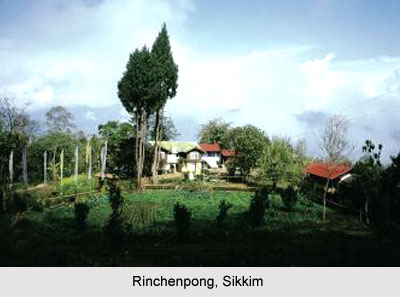


Yuksam is a quiet but sprawling hamlet. It lies at the entrance to the Rathong Chu gorge. These days, it is more famous as the start of the Dzongri Trail trek. The village holds special significance in Sikkimese history as it is believed that three lamas converged here from different parts of the Himalayas to crown the first Sikkim king, Chogyal Phuntsog Namgyal, in 1642. This king is considered to have established Tibetan Buddhism in the state of Sikkim. Some of the attractions of this small village are Norbugang Chorten, Dubdi Monastery and Kathol Wodsal Ling Gompa. In addition, there are numerous other shrins and gompas in and around Yuksam. The Dubdi Monastery, built in 1701, is one of the oldest monasteries of Sikkim. Prayer flags can be seen at the monastery, which is situated at the top of the village. Before going to the monastery, it is better to find out if the monastery is open at the Khanchendzonga Conservation Committee (KCC) office.

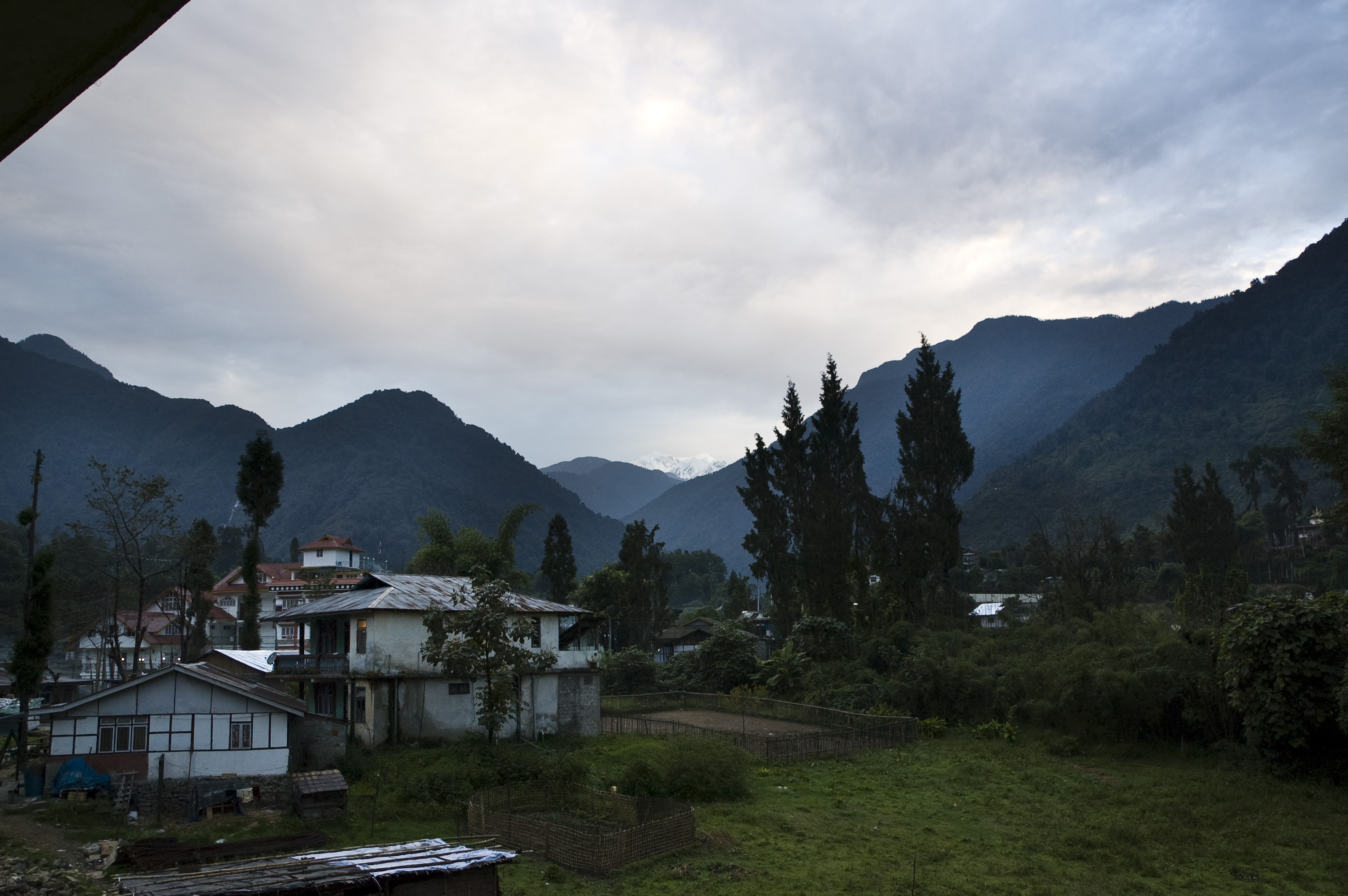
No comments:
Post a Comment